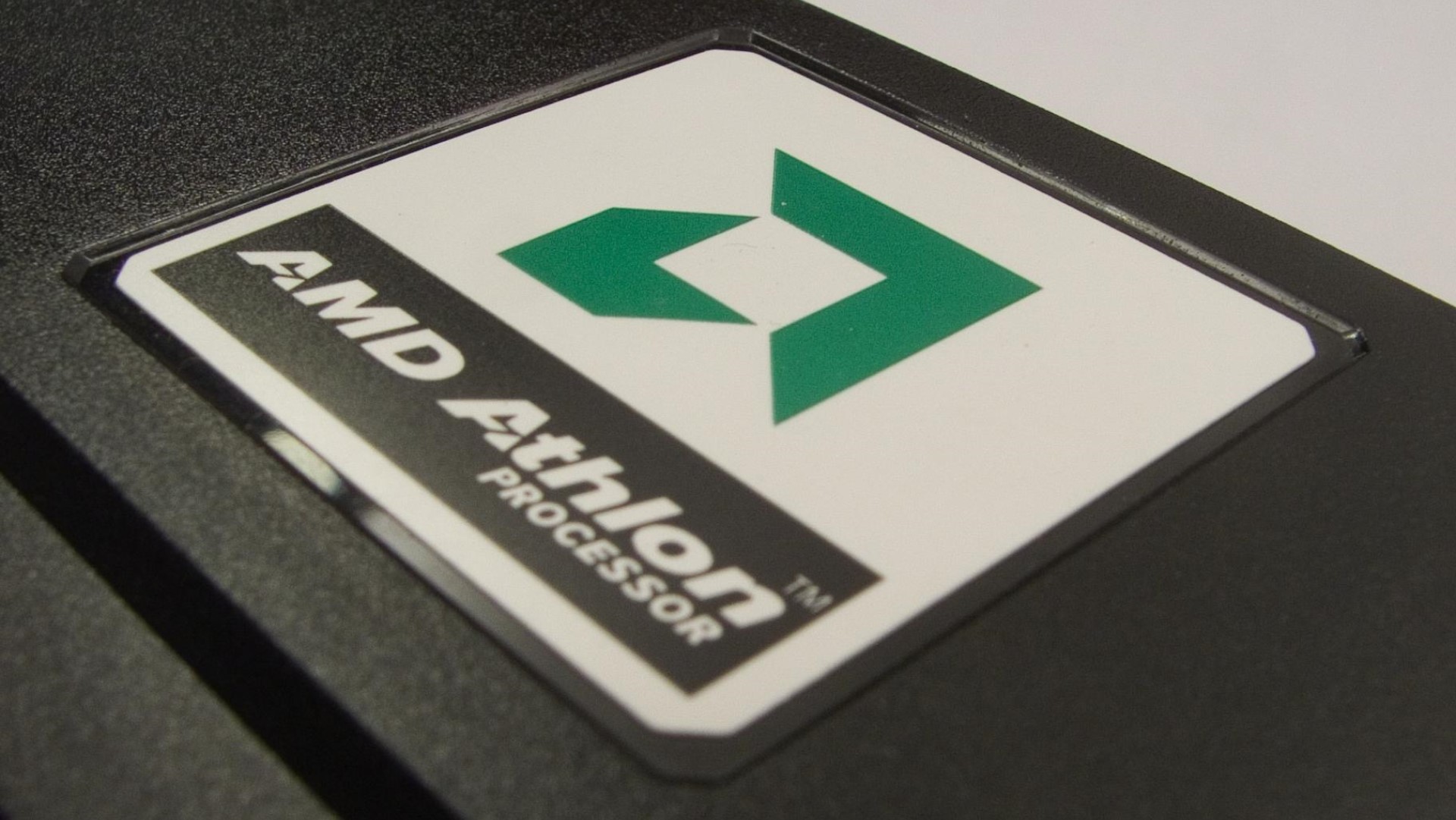Turning a dial can change CPU speeds on the fly - Throttle Blaster uses Raspberry Pi Pico to adjust frequency on classic chips down to the megahertz
It's a turbo knob, not a turbo button.

A Raspberry Pi Pico, a knob, and a wire are all you need to install a frequency-controlling dial on an old PC, as Scrap Computing has demonstrated. The device is called the Throttle Blaster and allows users to adjust the clock speed of old CPUs from the Pentium and Athlon days by the megahertz. It essentially brings back an even better version of the turbo button to the classic CPUs that ditched it. Schematics for the Throttle Blaster will eventually be published so that anyone can make it.
Due to the popularity of Intel's 8086 and 8088 in the 80s, many games were coded for those chips in particular. However, they often relied on the CPU's clock speed for timing, and when played on faster CPUs that came later, the gameplay would move at a much faster pace than intended. The turbo button was introduced to fix this, allowing users to toggle between "turbo mode" (the default clock speed of a CPU) and a non-turbo mode where the CPU clock speed was dropped down to 8086's and 8088's original 4.77MHz clock speed.
In the Pentium and Athlon era, the turbo button more or less disappeared, since newer software stopped tying time to clock speed. However, turbo functionality still existed for those classic chips. Scrap Computing was able to take advantage of that and create the Throttle Blaster, a turbo knob that can alter clock speed by the megahertz. The device is comprised of just a Raspberry Pi Pico, a knob, and a three-digit display to show the clock speed.
To install the Throttle Blaster, you must attach the wire to a specific pin in the CPU socket, either on the back of the motherboard or in the CPU socket itself (though this second method is riskier, apparently). Scrap Computing showed off the Throttle Blaster working on both a Pentium III 866MHz and an Athlon SFF 1200. However, he downclocked the Athlon to 866MHz, just like the Pentium III, since he only had a three-digit display; for CPUs that clock in at 1GHz or more, a four-digit display is ideal.
The Throttle Blaster can alter CPU frequency on the fly, which Scrap Computing does in a few games. Reducing the clock speed to very low levels was able to make even the audio slow down in Duke Nukem 3D. The frequency can also go down to 0, stopping all activity on the PC until the clock speed is brought back up. For those that just want a turbo button, Scrap Computing says replacing the knob with a button that can cycle through multiple clock speeds is also an option.
Scrap Computing said he plans to make the schematics for the Throttle Blaster public so that anyone can make their own, though this hasn't happened yet. Considering all you need to make a Throttle Blaster is a $4 Raspberry Pi Pico, a dial, a digital display, and a wire, the cost of building one is probably less than $20.
Get Tom's Hardware's best news and in-depth reviews, straight to your inbox.

Matthew Connatser is a freelancing writer for Tom's Hardware US. He writes articles about CPUs, GPUs, SSDs, and computers in general.
-
artk2219 That's cool, so long as you have a motherboard that also lets you disable the l2 cache you should be able to have some really decent compatibility with this.Reply
